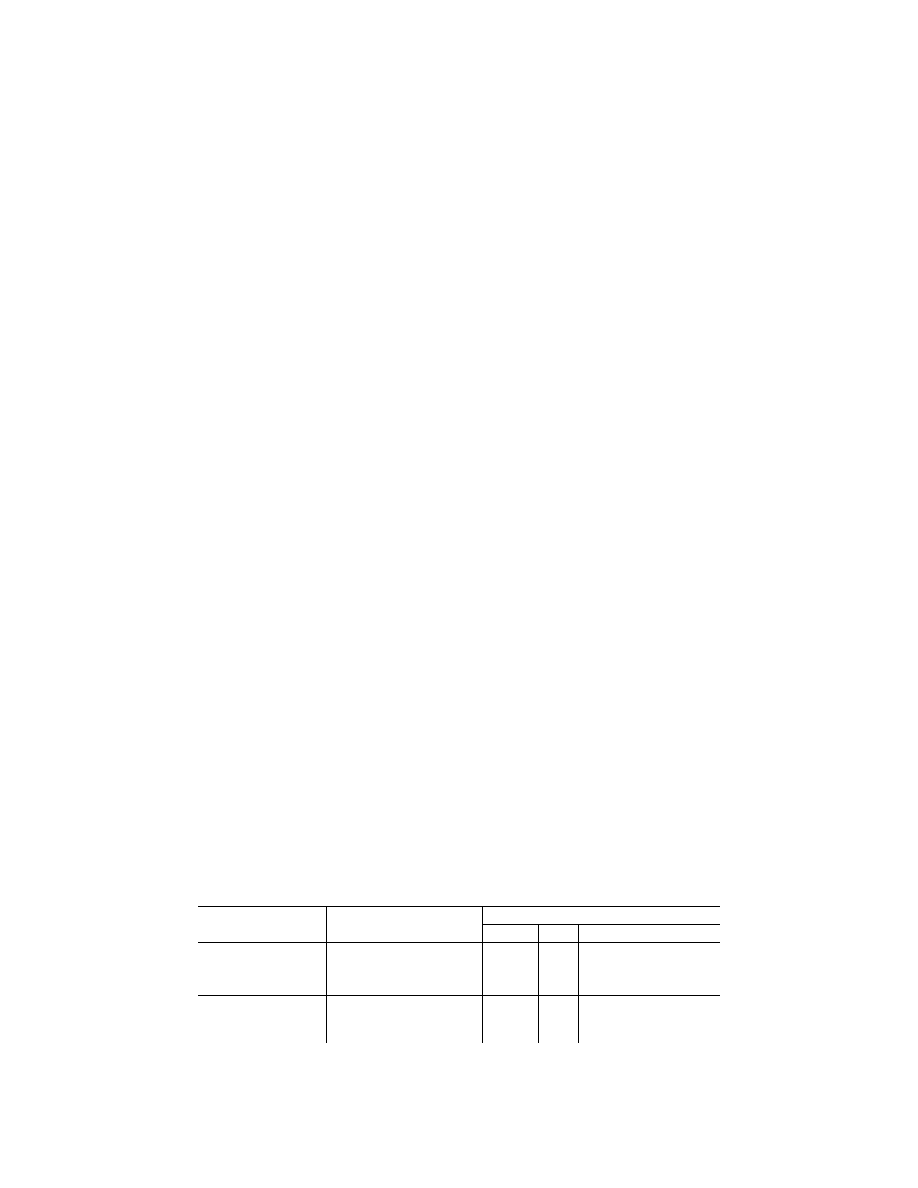
226
14 CFR Ch. I (1–1–14 Edition)
§ 23.505
maximum pilot forces specified in
§ 23.397(b).
[Doc. No. 4080, 29 FR 17955, Dec. 18, 1964, as
amended by Amdt. 23–48, 61 FR 5147, Feb. 9,
1996]
§ 23.505
Supplementary conditions for
skiplanes.
In determining ground loads for ski-
planes, and assuming that the airplane
is resting on the ground with one main
ski frozen at rest and the other skis
free to slide, a limit side force equal to
0.036 times the design maximum weight
must be applied near the tail assembly,
with a factor of safety of 1.
[Amdt. 23–7, 34 FR 13090, Aug. 13, 1969]
§ 23.507
Jacking loads.
(a) The airplane must be designed for
the loads developed when the aircraft
is supported on jacks at the design
maximum weight assuming the fol-
lowing load factors for landing gear
jacking points at a three-point attitude
and for primary flight structure jack-
ing points in the level attitude:
(1) Vertical-load factor of 1.35 times
the static reactions.
(2) Fore, aft, and lateral load factors
of 0.4 times the vertical static reac-
tions.
(b) The horizontal loads at the jack
points must be reacted by inertia
forces so as to result in no change in
the direction of the resultant loads at
the jack points.
(c) The horizontal loads must be con-
sidered in all combinations with the
vertical load.
[Amdt. 23–14, 38 FR 31821, Nov. 19, 1973]
§ 23.509
Towing loads.
The towing loads of this section must
be applied to the design of tow fittings
and their immediate attaching struc-
ture.
(a) The towing loads specified in
paragraph (d) of this section must be
considered separately. These loads
must be applied at the towing fittings
and must act parallel to the ground. In
addition:
(1) A vertical load factor equal to 1.0
must be considered acting at the center
of gravity; and
(2) The shock struts and tires must
be in there static positions.
(b) For towing points not on the
landing gear but near the plane of sym-
metry of the airplane, the drag and
side tow load components specified for
the auxiliary gear apply. For towing
points located outboard of the main
gear, the drag and side tow load compo-
nents specified for the main gear apply.
Where the specified angle of swivel
cannot be reached, the maximum ob-
tainable angle must be used.
(c) The towing loads specified in
paragraph (d) of this section must be
reacted as follows:
(1) The side component of the towing
load at the main gear must be reacted
by a side force at the static ground line
of the wheel to which the load is ap-
plied.
(2) The towing loads at the auxiliary
gear and the drag components of the
towing loads at the main gear must be
reacted as follows:
(i) A reaction with a maximum value
equal to the vertical reaction must be
applied at the axle of the wheel to
which the load is applied. Enough air-
plane inertia to achieve equilibrium
must be applied.
(ii) The loads must be reacted by air-
plane inertia.
(d) The prescribed towing loads are as
follows, where W is the design max-
imum weight:
Tow point
Position
Load
Magnitude No.
Direction
Main gear ...............................
..........................................................
0.225W
1
2
3
4
Forward, parallel to drag axis.
Forward, at 30
°
to drag axis.
Aft, parallel to drag axis.
Aft, at 30
°
to drag axis.
Auxiliary gear .........................
Swiveled forward .............................
0.3W
5
6
Forward.
Aft.
Swiveled aft .....................................
0.3W
7
8
Forward.
Aft.
VerDate Mar<15>2010
10:12 Mar 18, 2014
Jkt 232046
PO 00000
Frm 00236
Fmt 8010
Sfmt 8010
Y:\SGML\232046.XXX
232046
pmangrum on DSK3VPTVN1PROD with CFR